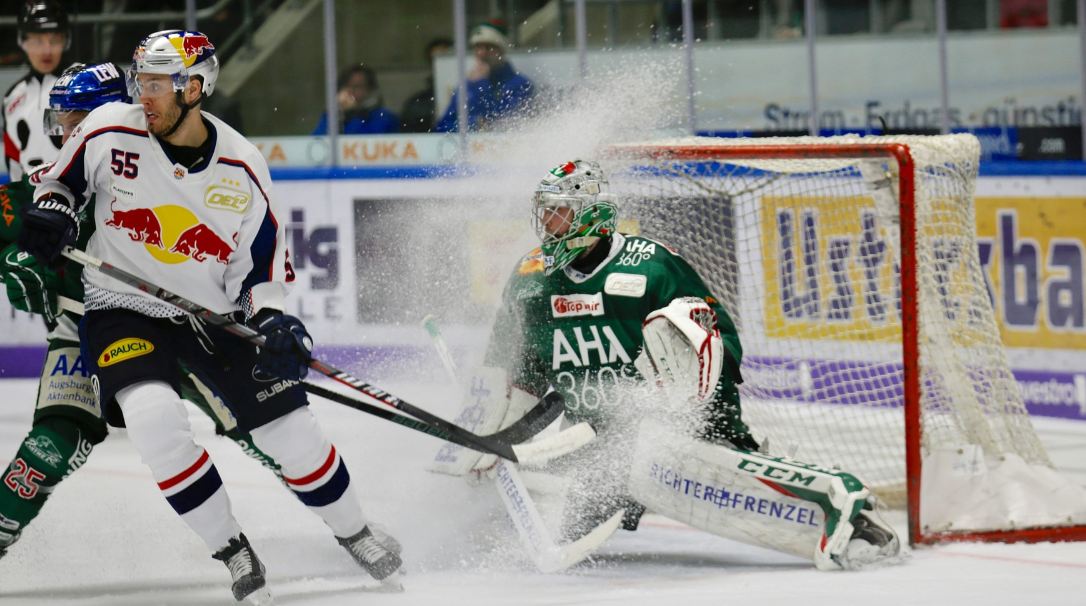What is Offsides and Icing in Hockey?

Hockey is a high-paced, exhilarating sport that keeps fans on the edge of their seats. To fully enjoy the game, it’s crucial to understand its rules and regulations, including two essential terms: “offsides” and “icing.” What these terms mean, how they impact the game, and why they are integral to the world of hockey.
Offsides
Understanding the Basics
Offsides is a fundamental rule in ice hockey designed to maintain fair play and ensure that teams don’t gain an unfair advantage by cherry-picking near the opponent’s goal. When a player crosses the blue line into the offensive zone ahead of the puck, it results in an offside call. The play is then stopped, and a face-off occurs outside the offensive zone.
Importance of Offsides
Offsides is crucial because it encourages teamwork and strategy. It prevents players from camping near the opponent’s net, forcing them to stay behind the blue line until the puck enters the offensive zone. This rule enhances the overall competitiveness of the game and ensures that scoring is the result of skill and teamwork, rather than exploiting the rules.
Exceptions to the Rule
There are exceptions to the offsides rule, such as when all players on the offensive team have cleared the offensive zone, allowing them to re-enter legally. However, understanding these nuances is essential for both players and fans to fully grasp the game’s dynamics.
Icing
What is Icing?
Icing is another crucial concept in hockey. It occurs when a player shoots the puck from behind the center line across the opponent’s goal line, and it reaches the opposite end untouched. In this case, icing is called, and play is stopped. A face-off takes place in the offending team’s defensive zone.
Preventing Icing
The purpose of the icing rule is to prevent teams from simply firing the puck down the ice to relieve pressure or waste time. It encourages puck possession and skilled gameplay. To negate an icing call, the defending team must touch the puck before it crosses the goal line, showcasing their defensive prowess.
Hybrid Icing
In some leagues, including the NHL, hybrid icing is used to prioritize player safety. In hybrid icing, the linesman judges whether the defensive player or the attacking player will reach the puck first, and the icing call is made accordingly. This variation adds a new layer of strategy to the game.
Conclusion
In summary, offsides and icing are fundamental rules in hockey, designed to maintain fairness and skill-based competition. Offsides prevents cherry-picking near the opponent’s goal, encouraging teamwork and strategy. Icing promotes puck possession and strategic play. Understanding these rules is vital for both players and fans to fully enjoy the game of hockey.


